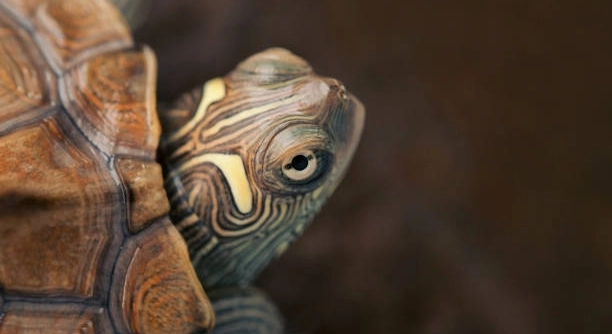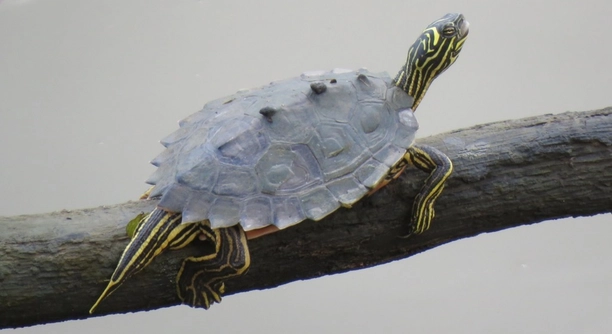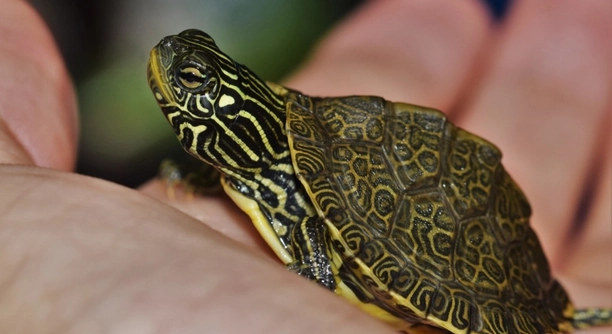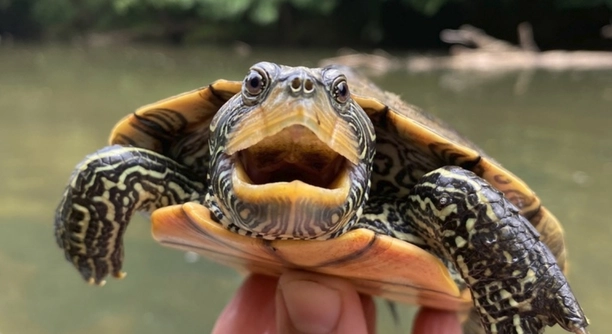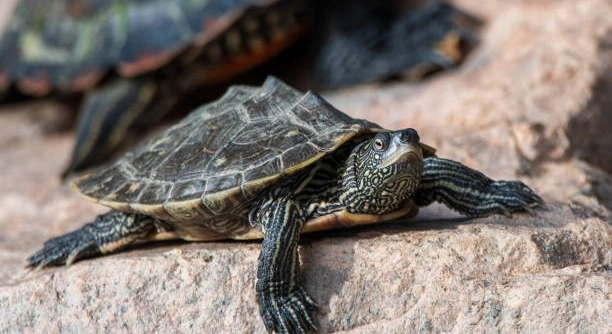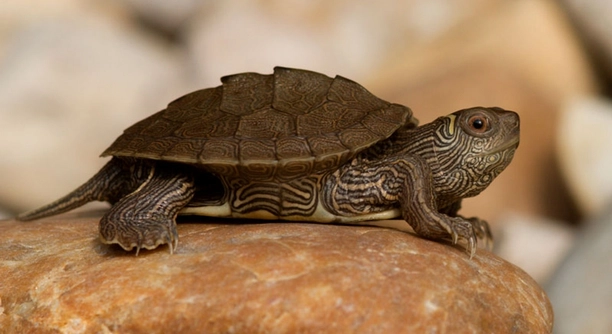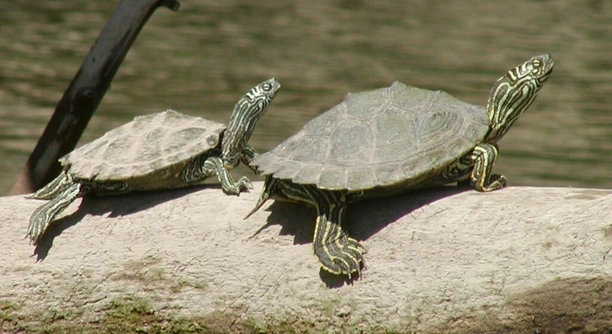Why Is My Map Turtle Not Using Its Basking Spot? (+Fixes)
Map turtles are known for basking in the sun, but sometimes they may ignore their basking spots. This can be puzzling for turtle owners. Understanding the possible causes behind this behavior is crucial for a healthier environment for your turtle. The main reasons your map turtle is not using its basking spot may include inadequate … Read more

